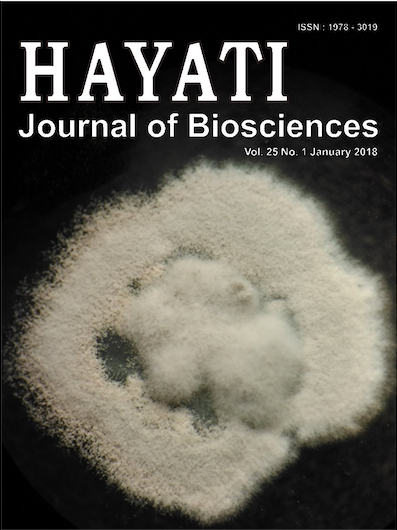The Mapping of Quantitative Carrying Capacity Using Multi-Scale Grid System (Case Study: Water-Provisioning Ecosystem Services in Greater Bandung, West Java, Indonesia)
Abstract
Spatial modelling using multi-scale grid system is adopted to determine the threshold and distribution pattern of regional carrying capacity. Water-provisioning service is used as a quantitative approach. Closed system was applied in which it was based solely on the potential of existing resources in the region without taking in to account the flow of material in or out of the system. Steps being taken include the distribution of water demand – of land and domestics – and supply; and the determination of carrying capacity status based on the threshold of water-provisioning services. A grid system with 5″×5″ resolution is used to accommodate the various sets and scale, of data. The result shows, 82.29% of Sumedang Regency; 68.43% of Cimahi City; 61.29% of Bandung City; 60.51% of Bandung Barat Regency; and 57.34% of Bandung Regency are still able to fulfil the demands of the population.
Downloads
HAYATI J Biosci is an open access journal and the article's license is CC-BY-NC. This license lets others distribute, remix, tweak, and build upon author's work, as long as they credit the original creation. Authors retain copyright and grant the journal/publisher non exclusive publishing rights with the work simultaneously licensed under a https://creativecommons.org/


















.png) IPB University
IPB University Department of Biology
Department of Biology The Indonesian Biological Society
The Indonesian Biological Society 

